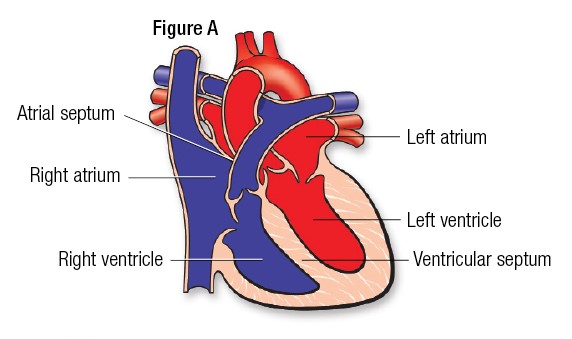ATI_Fundamental_of_nursing_exam_2Custom_NS_117_T_Winter_2023_Monroe
ATI_Fundamental_of_nursing_exam_2Custom_NS_117_T_Winter_2023_Monroe ( 43 Questions)
A nurse is preparing to insert an indwelling urinary catheter for a patient.
What actions should the nurse plan to take?
The right ventricle is the correct answer because it is the chamber of the heart that pumps deoxygenated blood to the lungs. The blood first enters the right atrium from the superior and inferior vena cava. It then flows through the tricuspid valve into the right ventricle. The blood then moves through the pulmonary valve into the pulmonary artery.
The pulmonary artery is not the correct answer because it is the vessel that carries deoxygenated blood from the right ventricle to the lungs, not a location in the heart.
The pulmonary veins are not the correct answer because they carry oxygenated blood from the lungs to the left atrium of the heart. They do not carry blood from the heart to the lungs.
The left ventricle is not the correct answer because it pumps oxygenated blood to the rest of the body through the aorta, not to the lungs.
Choice A rationale:
The right ventricle is the correct answer because it is the chamber of the heart that pumps deoxygenated blood to the lungs. The blood first enters the right atrium from the superior and inferior vena cava. It then flows through the tricuspid valve into the right ventricle. The blood then moves through the pulmonary valve into the pulmonary artery.

Choice B rationale:
The pulmonary artery is not the correct answer because it is the vessel that carries deoxygenated blood from the right ventricle to the lungs, not a location in the heart.
Choice C rationale:
The pulmonary veins are not the correct answer because they carry oxygenated blood from the lungs to the left atrium of the heart. They do not carry blood from the heart to the lungs.
Choice D rationale:
The left ventricle is not the correct answer because it pumps oxygenated blood to the rest of the body through the aorta, not to the lungs.
